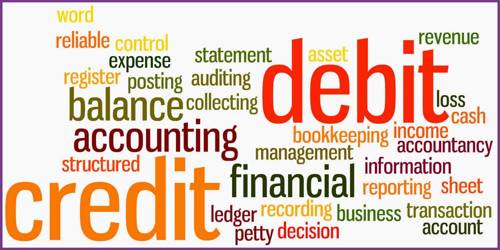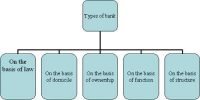Bank Rate Policy for Credit Control in Central Bank
Bank rate policy: This is one of the main policies of credit control. At which rate central bank gives loans and advances to commercial banks is bank rate. By which rate central bank gives loans, discounts bill etc. When the supply of credit increased by commercial banks, it creates inflation and increases the price of necessities. To control such condition central bank increases the hank rate. As a result, commercial banks base to pay a big interest and demand that interest to the loaner. Consequently, clients are discouraged to take a loan with a high rate of interest. In this case commercial banks gradually lose the power to create loan deposit and thus reduce inflation and reduce the price of necessities. When there is a shortage of capital central bank reduces the bank rate for the purpose of giving more loan and advances to banks. At which rate central bank keeps balanced conditions of demand and supply and thus reduces inflation and creates a stable position of the price of necessities, is bank rate. For the purpose of credit control bank rate is widely used.
The precondition to applying bank rate policy: The preconditions are given below:
- The successful applications of hank rate policy depend on an organized money market.
- The close relationship between the central bank and commercial kink.
- Commercial banks have to reserve minimum capital.
- Balancing the interest late and hank rate both.
- Commercial banks have to have enough amount of bill to be discounted,
- The range between bank rate and interest rate should be lower.
- Commercial banks have to be habituated in bill discounting.














